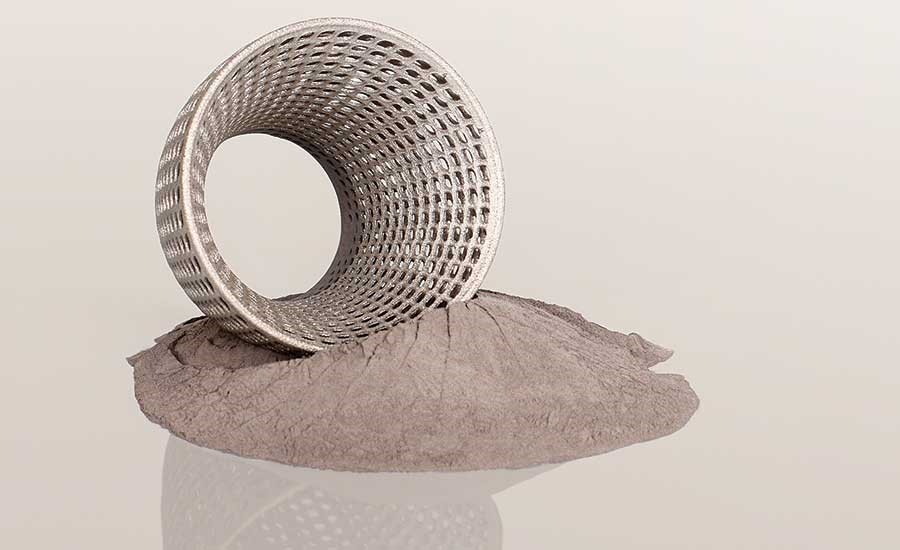
![]()
Since the early 1970’s, women have been entering the US work force in increasing numbers. They now comprise 47{41f8e085fc68038a2da2699f98ad8aea8b7e87e25f742017f6f76a0b55118d3c} of American workers, up from 38{41f8e085fc68038a2da2699f98ad8aea8b7e87e25f742017f6f76a0b55118d3c} just 40 years ago, according to a recent McKinsey & Co. report. Yet, in spite of these hard-fought gains, a separate McKinsey study states that women currently contribute only 30{41f8e085fc68038a2da2699f98ad8aea8b7e87e25f742017f6f76a0b55118d3c} to the US GDP. What the disparity in these statistics reveals is that the full potential of women in the workforce still remains largely untapped. As the US struggles to maintain its global economic standing, it may be that the greatest opportunity for growth comes from women driving productivity in our economy.
A close look at the metals industry and related industries expected to see growth in the coming years, like manufacturing, engineering and technology, reveals that women are largely an untried resource. According to the Association of Women in the Metal Industries (AWMI), women comprise less than 25{41f8e085fc68038a2da2699f98ad8aea8b7e87e25f742017f6f76a0b55118d3c} of the workforce defining it as a non-traditional occupation for women by the US Department of Labor. A recent study conducted by the National Women’s Law Center showed that in manufacturing with 27{41f8e085fc68038a2da2699f98ad8aea8b7e87e25f742017f6f76a0b55118d3c} of the jobs filled by women, the pipeline is actually leaking: men gained 230,000 positions since 2010, women lost 25,000. Industries related to science, technology, engineering and math (STEM) are facing the same issues. Only 17 to 18 percent of the bachelor’s degrees in engineering and computer science were conferred to women, 40 percent in the physical sciences and math. Of the available brainpower productively innovating our industry into the twenty-first century, more than half is lost to alternate career options.
At a May Senate hearing on the topic, several leading women in manufacturing and STEM related fields spoke of the issues they face attracting the best and the brightest women. Cited as obstacles were the longstanding stereotypes and stigma of physical labor, the absence of female role models and sponsors, imbedded institutional mindsets slotting women in traditional roles, and a lack of quality educational opportunities in science and math. “Historically we’ve been viewed as the three Ds: dark, dirty, and dangerous,” said Jennifer McNelly, president of the Manufacturing Institute, the nonprofit arm of the National Association of Manufacturers. This, in spite of today’s manufacturing and STEM-related job opportunities requiring more in the way of “critical thinking” and less physical labor.
As is often the case in American industry, where there are challenges, there is also opportunity. Michelle Obama has dedicated much of her efforts to women in math and science: “If we’re going to out-innovate and out-educate the rest of the world, we’ve got to open doors for everyone. We need all hands on deck, and that means clearing hurdles for women and girls as they navigate careers in science, technology, engineering, and math.” Attention to this issue has resulted in several STEM related educational opportunities, such as NASA’s strategic initiative to attract and retain a more diverse range of students in this field of study. Where women have been traditionally underrepresented, there will be a larger talent pool from which to draw, yielding a broader spectrum of leadership, and a financial benefit to those companies facing a shortage of skilled workers. In addition, as our industry promotes the need for brain over brawn and removes structural barriers to entry and retention with programs such as more flexible works hours, career-related off-ramps and on-ramps, and policies that help women balance work and family, we can attract and retain more talented women in our ranks.
These are the kinds of programs that make careers in our industry a more appealing avenue for female job candidates. Attracting more women to our ranks will benefit our companies greatly; keeping our competitive edge while also ensuring a skilled and diverse workforce for years to come.
What is the future of the workplace?
This last year and half have been filled with uncertainty whether you are a company owner or an employee working for someone else. During...




